In our cluttered, fast-paced world, your home should be your sanctuary—but most indoor gardens create more visual chaos than calm.
You know the feeling. You buy plants to make your space peaceful. Instead, you get a jungle of mismatched pots, dying leaves, and constant worry about watering schedules. Traditional plant setups eat up your small space and stress you out.
Minimalist indoor garden designs fix this problem by combining natural beauty with smart simplicity.
These aren’t boring plant displays. They’re calm home decor solutions that work in tiny apartments and busy lives. Small space indoor plants can look stunning when you know the right approach.
You’ll discover five specific designs that transform any room into a peaceful retreat. Each one takes less than a weekend to set up. By the end, you’ll know exactly which style fits your space and lifestyle.
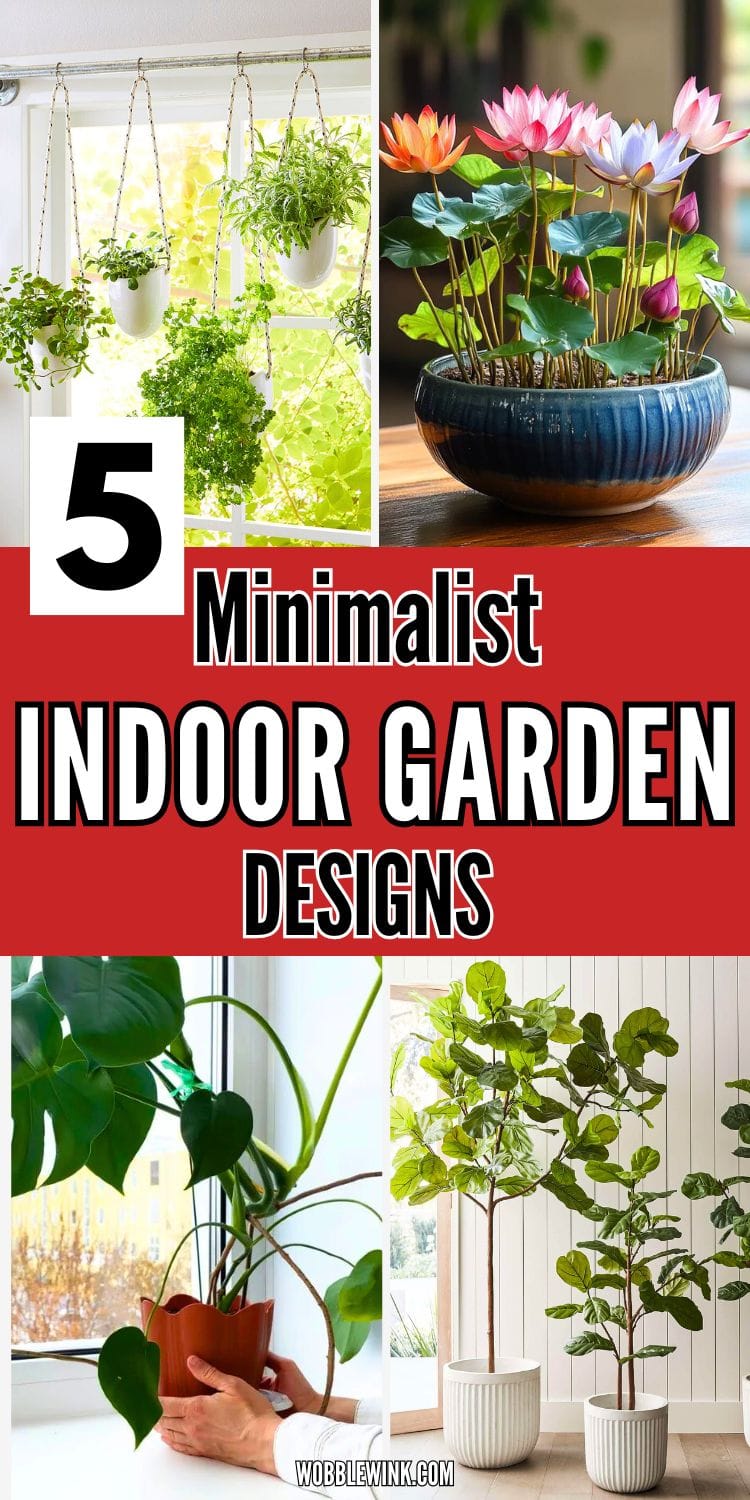
1. The Single Statement Plant: Fiddle Leaf Fig Corner Design
One big plant beats ten small ones every time.
Your brain processes single focal points better than plant clusters. Studies show single focal points reduce visual stress by 40% compared to clustered arrangements. This means you feel calmer when you walk into your room.
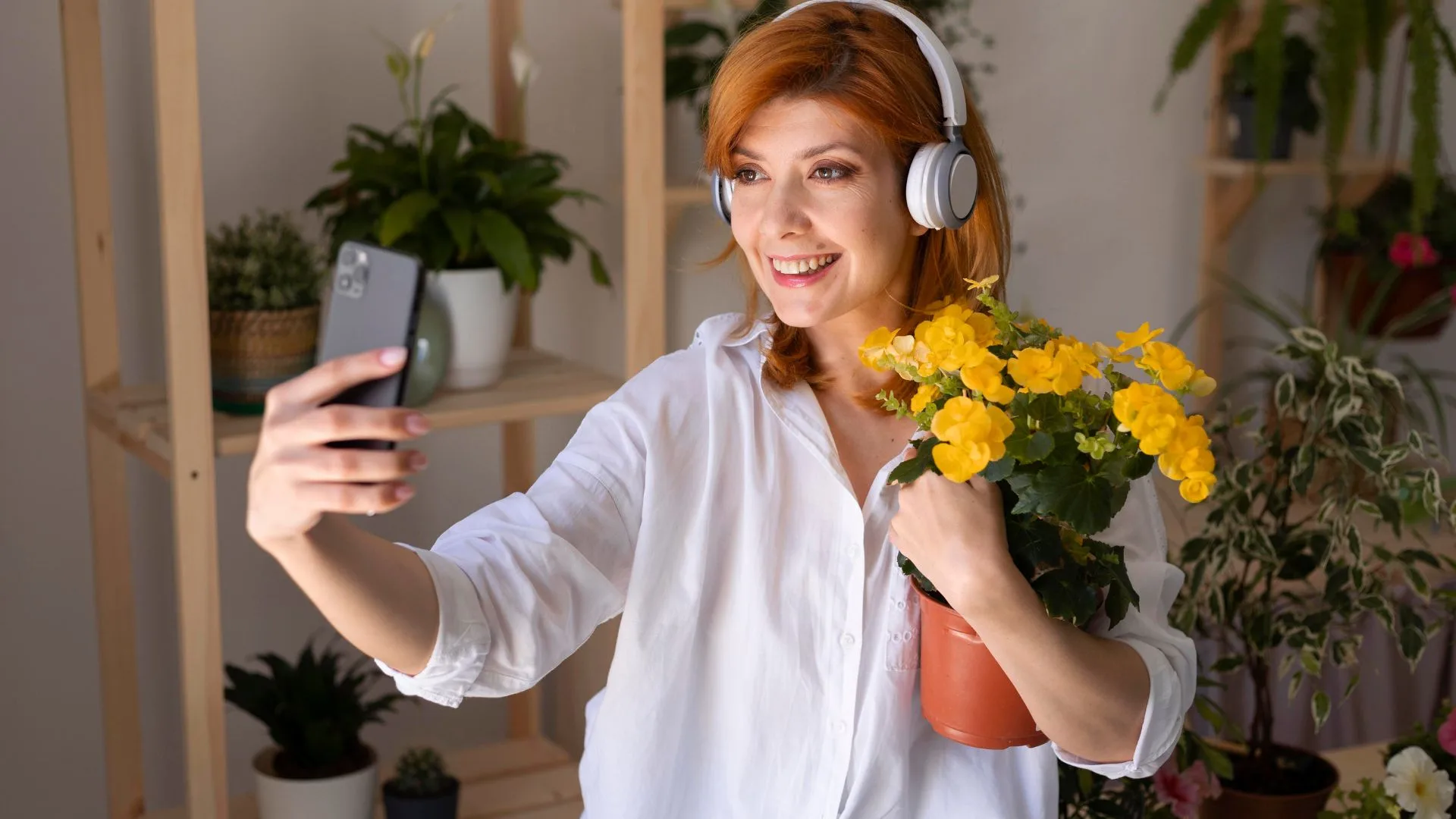
Pick the right corner and your fiddle leaf fig becomes living art.
Find a spot near an east-facing window. Your plant gets morning sun but not harsh afternoon heat. The corner placement makes your room feel bigger while the plant adds height and drama.
A 6-8 foot fiddle leaf fig in a white ceramic planter creates the perfect minimalist plant display. The clean lines work in any room style. You can also choose cream or natural terra cotta pots for a warmer look.

Here’s what makes this modern indoor gardening idea so smart: minimal care, maximum impact.
Water once a week. Dust the leaves monthly. That’s it. No complex feeding schedules or daily worry. Perfect for your busy life.
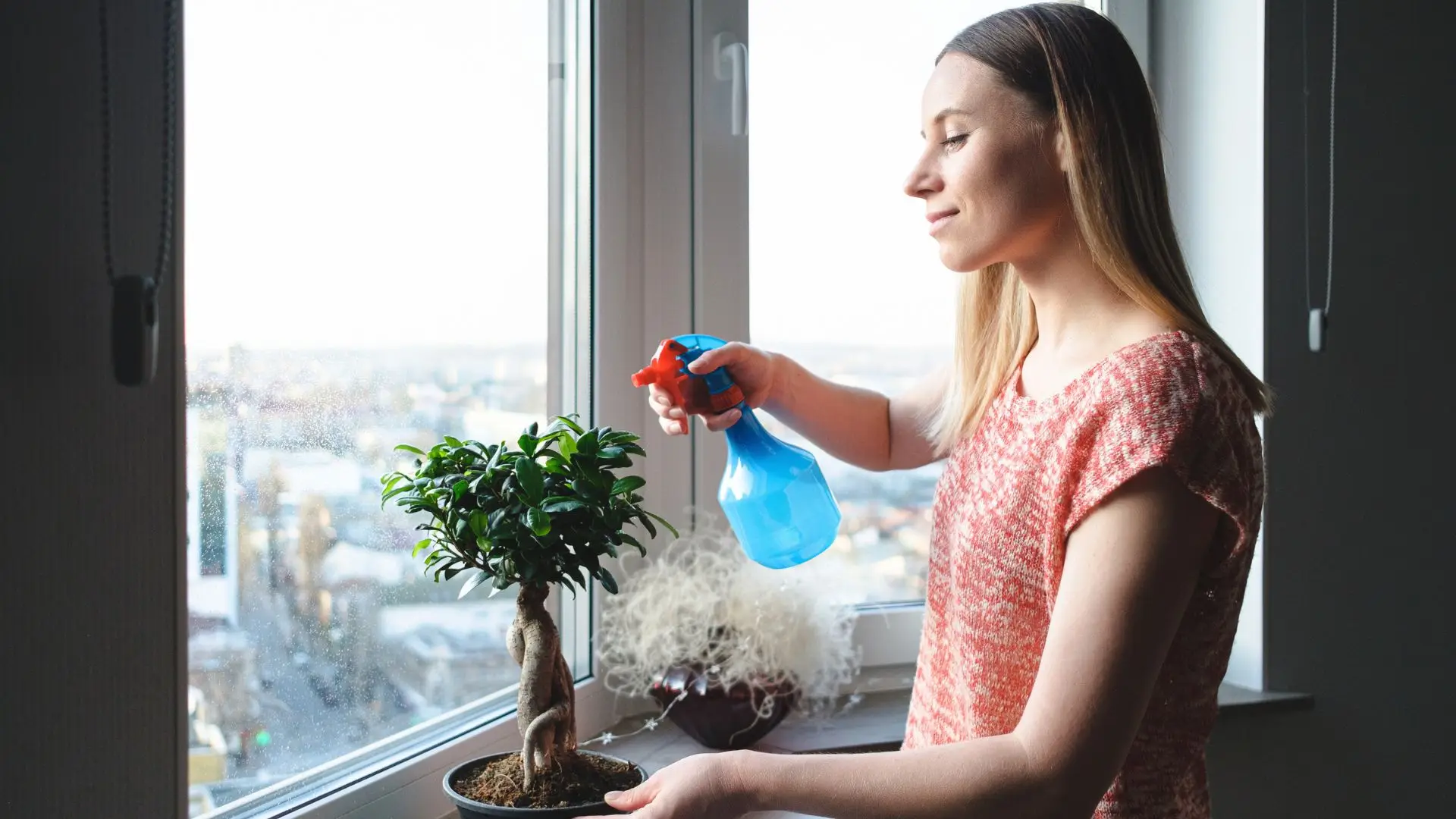
Skip the decorative rocks, plant stands, or other accessories. The plant and pot should be the only things people see. This keeps your small space indoor plants from looking cluttered.
Budget breakdown: $80-150 for the plant, $30-60 for the pot.
Yes, it’s an investment. But one statement plant costs less than buying multiple smaller plants that create visual chaos. Plus, fiddle leaf figs can live for decades with basic care.
The result? A corner that stops people in their tracks. Clean, calm, and completely Instagram-worthy without trying too hard.
2. The Living Wall Accent: Vertical Garden Simplicity
Your walls are wasted space. Time to fix that.
Vertical indoor plants give you the green you want without eating up floor space. Vertical gardens can improve indoor air quality by 25% while using 80% less floor space. That’s a win-win for tiny apartments.
Start with a 3×4 foot section on one wall. Any bigger and it stops being calm home decor with plants.
Pick one type of plant and stick with it. Golden pothos works best because it grows fast and looks the same year-round. Same plant, same pot size, same spacing creates the clean look you want.

These three systems make installation easy: Florafelt, Wooly Pocket, or LiveWall.
Each brand offers wall-mounted planters with built-in water systems. You water once a week at the top. Gravity does the rest. No daily plant checking or complicated schedules.
Match your wall color to your plants. White walls make green plants pop. Dark walls need lighter planters to avoid looking heavy. Your dining room or home office works best because you see the wall often.
Here’s the honest truth: installation takes a weekend and costs $200-400.
You’ll need someone handy with a drill. The water system means you might need waterproofing behind the planters. This isn’t a Friday afternoon project.
But once it’s up, you have minimalist indoor garden designs that impress guests and clean your air. The vertical format works in narrow spaces where floor plants would crowd the room.

Your wall becomes living art that actually helps you breathe better.
3. The Zen Water Feature: Aquatic Plant Minimalism
Water sounds instantly calm your racing mind.
Your brain is wired to find water sounds peaceful. Even a small tabletop fountain drops your stress levels in minutes. Adding water feature plants creates calm home decor with plants that works like meditation you don’t have to remember to do.
Start simple: one large ceramic bowl, 18-24 inches wide, filled with water and floating plants.
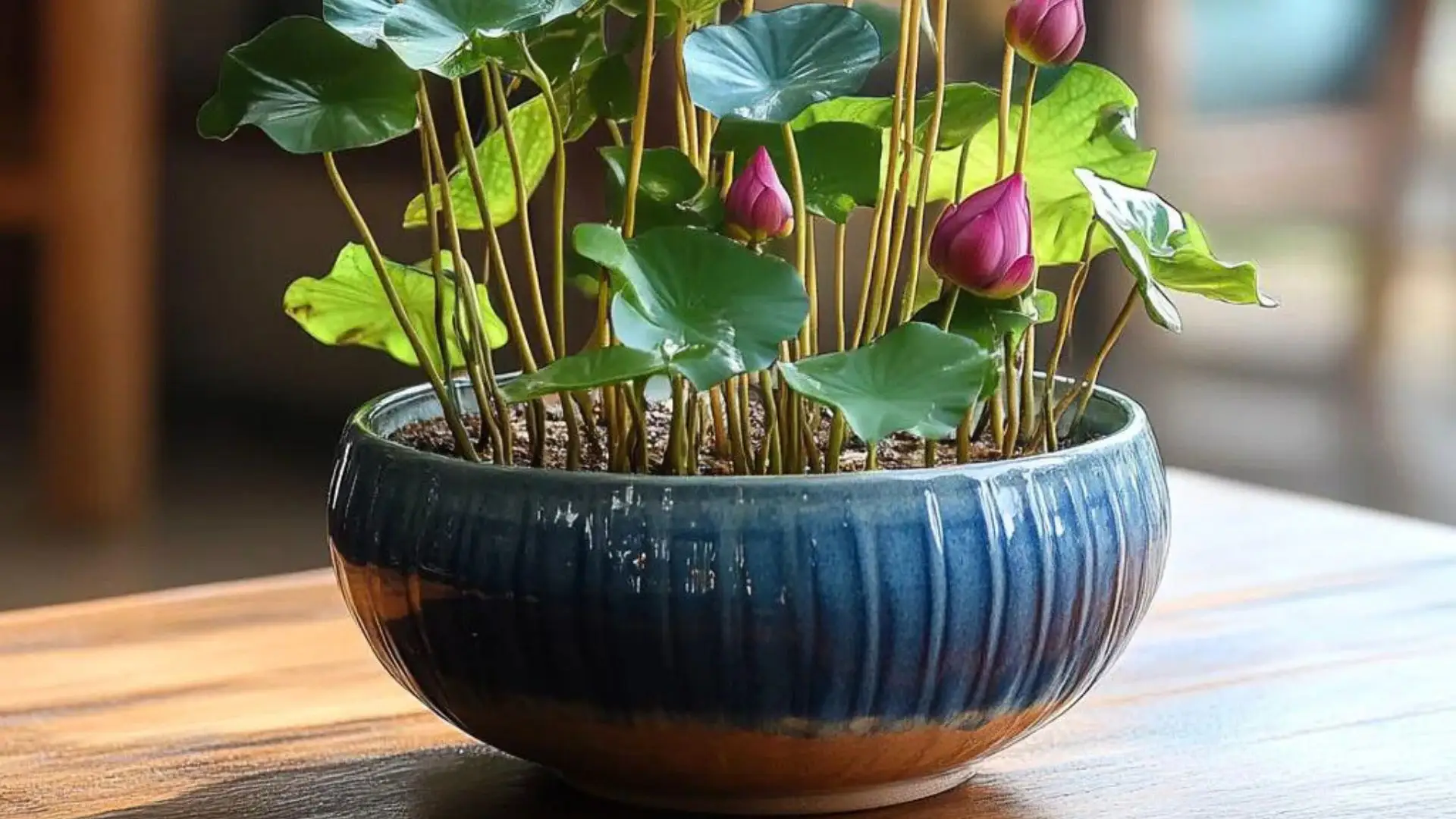
Water hyacinth or water lettuce are perfect choices. They float on top, need zero soil, and multiply naturally. No complicated planting or root systems to worry about. Just drop them in and watch them grow.
Interior designer Maria Chen says: “Water features bring instant tranquility to any room. The gentle sound masks outside noise while the plants add life without maintenance stress.”
Place your water garden on a sturdy table near natural light. Not direct sun – that creates algae problems. Bright, indirect light keeps your plants happy and your water clear.
These modern indoor gardening ideas work year-round with simple care. Add water when levels drop. Remove dead leaves monthly. Change water every 6-8 weeks to prevent mosquitoes.
For bigger impact, try a tabletop fountain with built-in planters around the edges.
The moving water prevents stagnation while creating better sound. Plant small lotus or water lilies in the planter sections. You get flowers, fragrance, and flowing water in one setup.
Budget reality: $50-120 for a quality ceramic bowl, $15-30 for plants.
Yes, you’ll need to maintain water levels. And winter means bringing tender plants indoors if you live in cold areas. But the daily stress relief makes it worth the small effort.
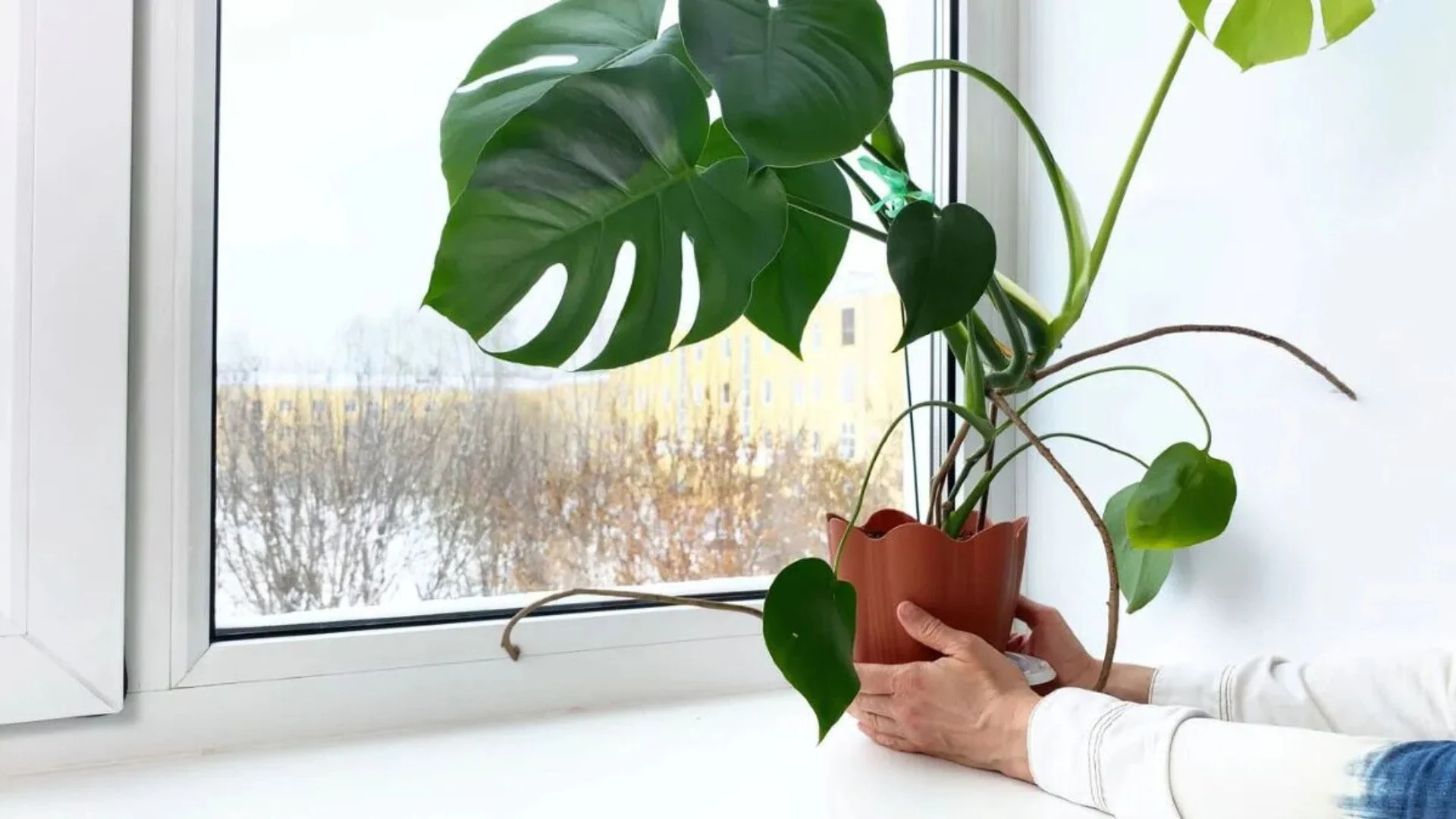
4. The Hanging Harmony: Suspended Plant Symphony
Your ceiling is empty real estate that could be growing plants.
Hanging plants can make ceilings appear 15% higher while adding greenery without floor space. This matters in tiny apartments where every inch counts. Small space indoor plants work better when they float above your furniture.
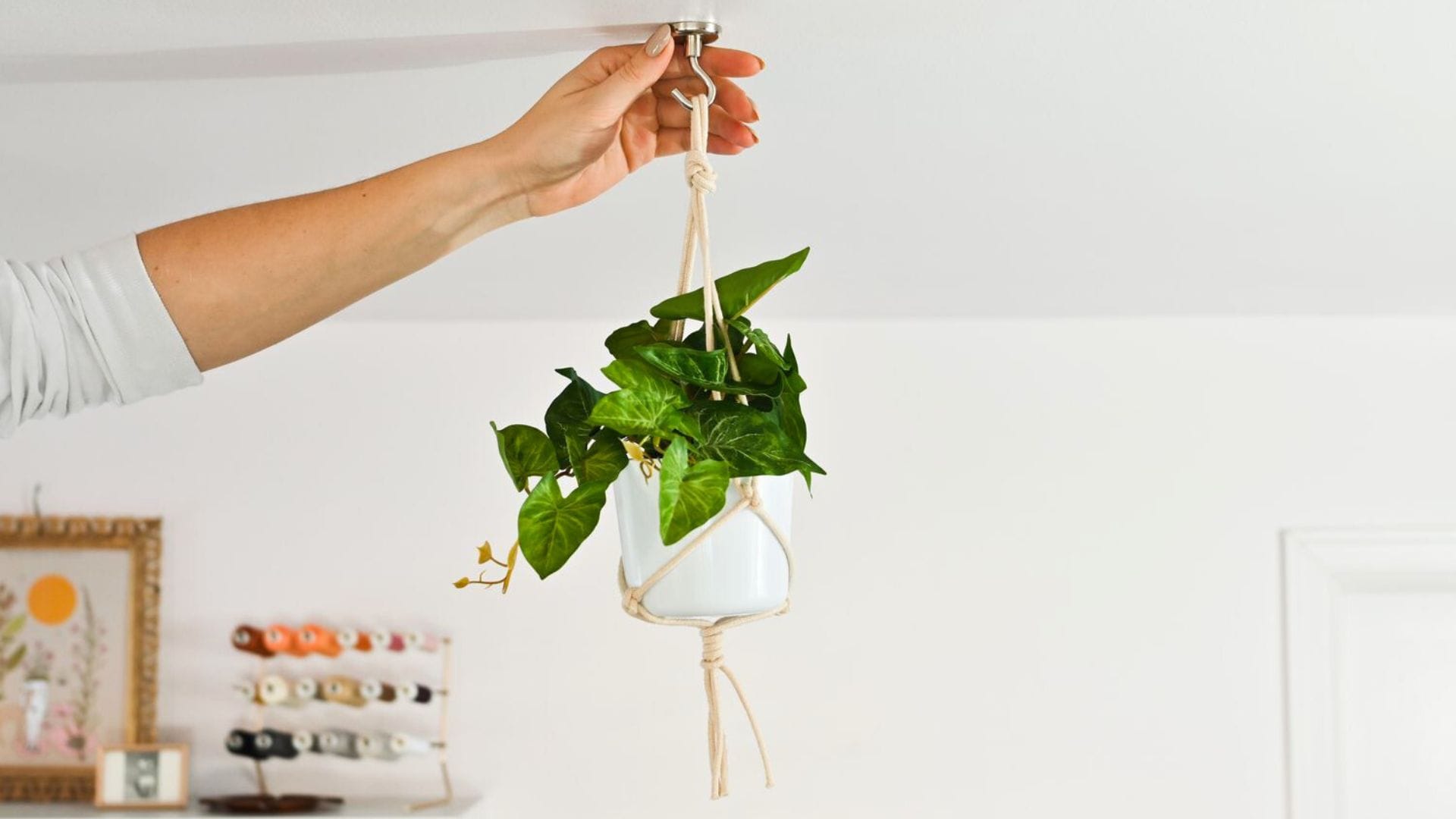
Three plants at different heights creates perfect balance without looking messy.
Hang one at eye level, one 6 inches higher, and one 6 inches lower. This staggered look guides your eye upward while keeping the minimalist plant display clean. Any more than three and you create visual chaos.
Skip fancy macrame for simple metal brackets and thin chain.
Black or white metal hangers disappear against most ceilings. Macrame adds bulk and catches dust. Clean lines keep your hanging indoor garden looking modern, not like a throwback to the 1970s.
These three plants never fail: string of pearls, Boston fern, and trailing pothos.
String of pearls drapes beautifully and needs little water. Boston ferns add fullness and clean your air. Trailing pothos grows fast and tolerates low light. All three look good together without competing for attention.
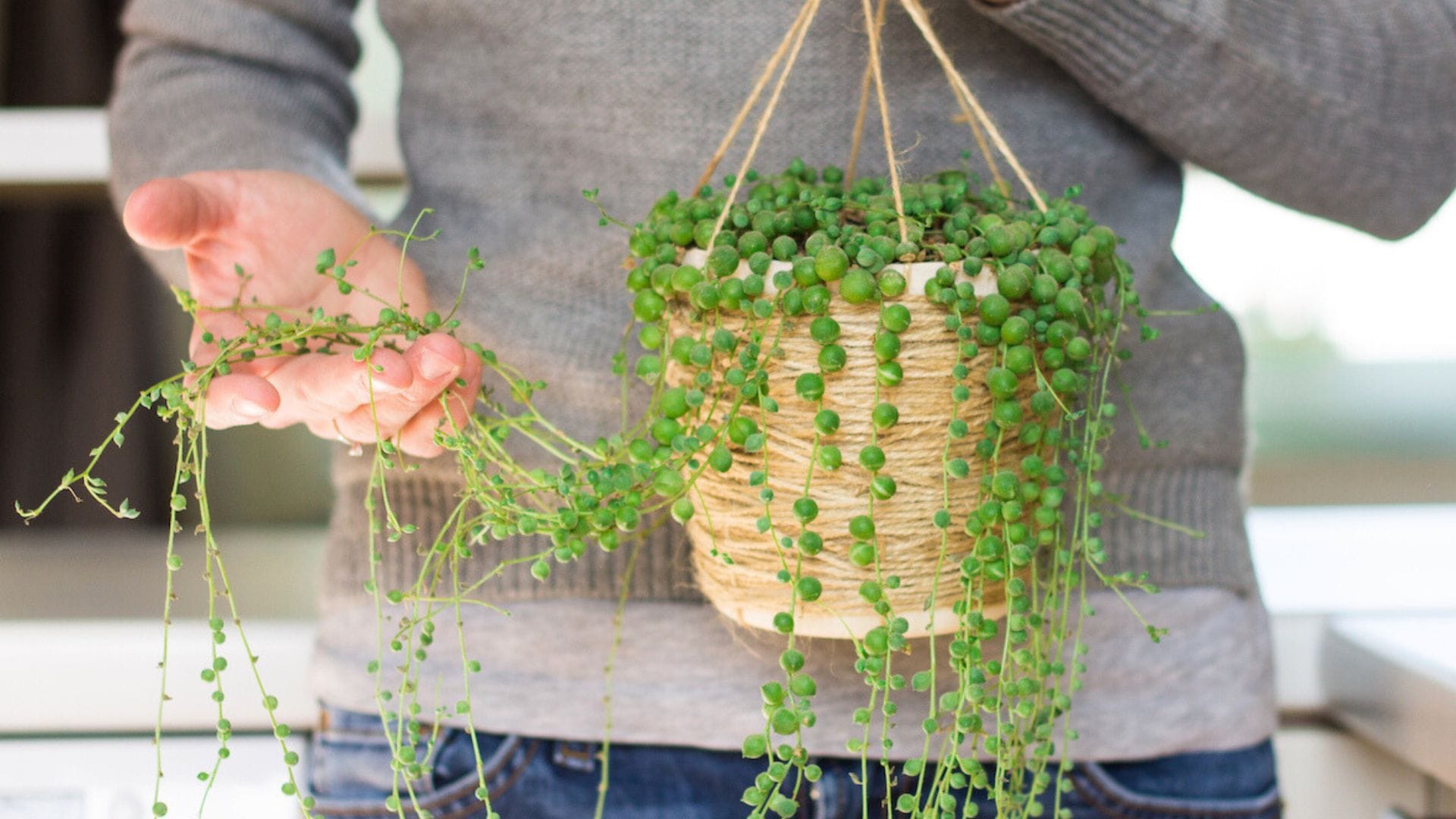
Hang them over reading nooks or near windows where you spend time.
You want to enjoy your plants, not just see them from across the room. Near windows gives them light while creating a natural frame for the view outside.
Real talk: check your ceiling structure before drilling holes.
Drywall anchors work for plants under 5 pounds. Heavier setups need ceiling joists. Water drips happen, so use saucers or accept some floor protection. This isn’t a weekend project if you’re not handy with tools.
But done right, you get living art that makes your room feel bigger and more peaceful.
5. The Windowsill Sanctuary: Curated Mini Ecosystem
Your windowsill is prime plant real estate that most people waste on clutter.
Windows get the best light in your home. Research shows plants near south-facing windows grow 40% faster than those placed elsewhere. This natural spotlight turns small space indoor plants into a living display that changes throughout the day.
Pick 5-7 plants that want the same care schedule. Water them all on the same day.
Jade plants, echeveria, and haworthia are perfect together. They all need bright light and weekly watering. No guessing games or complicated plant calendars. One care routine keeps your minimalist indoor garden designs simple and successful.

Use identical pots to create instant calm.
White ceramic or natural terra cotta pots make different plants look like they belong together. Same size, same color, same spacing creates the clean look you want. Different pots make your windowsill look like a plant store exploded.
Here’s your seasonal strategy: swap in flowering bulbs for winter color.
Spring tulips or winter paperwhites give you blooms when everything else looks dead. Keep your core succulents year-round and rotate in seasonal plants for variety. This keeps your display fresh without starting over.
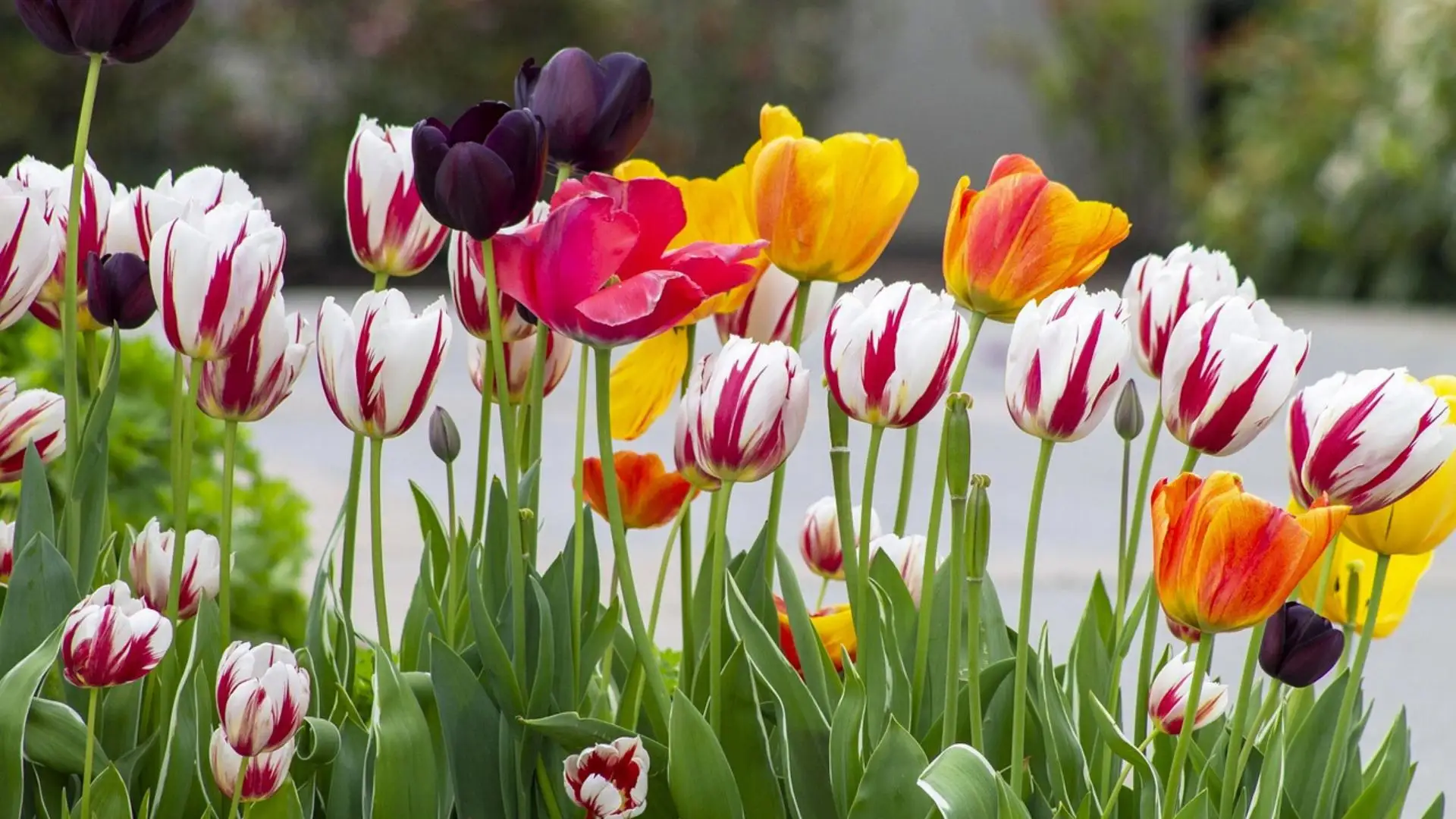
Choose your goal: pretty plants or windowsill herb garden.
Decorative plants like succulents need less water and look consistent. Herbs like basil and rosemary give you fresh cooking ingredients but need more attention. Both work, but don’t mix them – they have different care needs.
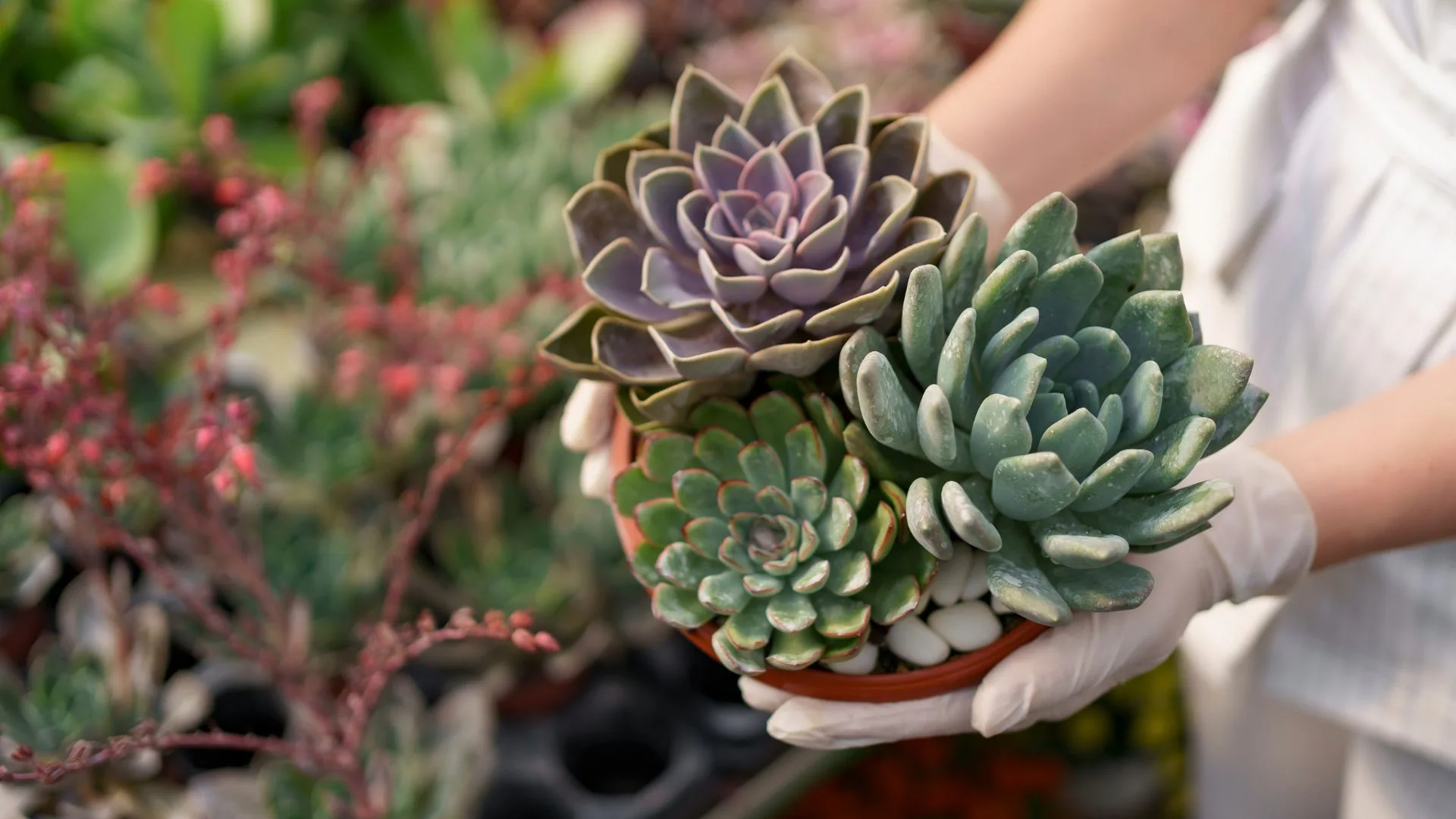
Budget smart: $8-15 per plant, $5-10 per pot.
Start with three plants and add more as you learn what works in your space. South-facing windows can get too hot in summer, so watch for leaf burn on tender plants.
Your windowsill becomes a mini garden that greets you every morning.
Final Thought;
These five minimalist indoor garden designs work because they focus on one thing at a time.
Single statement plants for drama. Vertical walls for small spaces. Water features for instant calm. Hanging plants for empty ceilings. Windowsill gardens for daily joy.
Start with one design that fits your current space and budget.

Focus on plant health over quantity. Invest in quality containers and smart placement. Your calm home decor grows from there, one thoughtful choice at a time.
Which design speaks to your space? Pick one element this weekend and build your minimalist indoor garden designs gradually. Your peaceful sanctuary is waiting.

